Home>Furniture & Design>Bathroom Accessories>When Should You Change Toothbrush After Being Sick
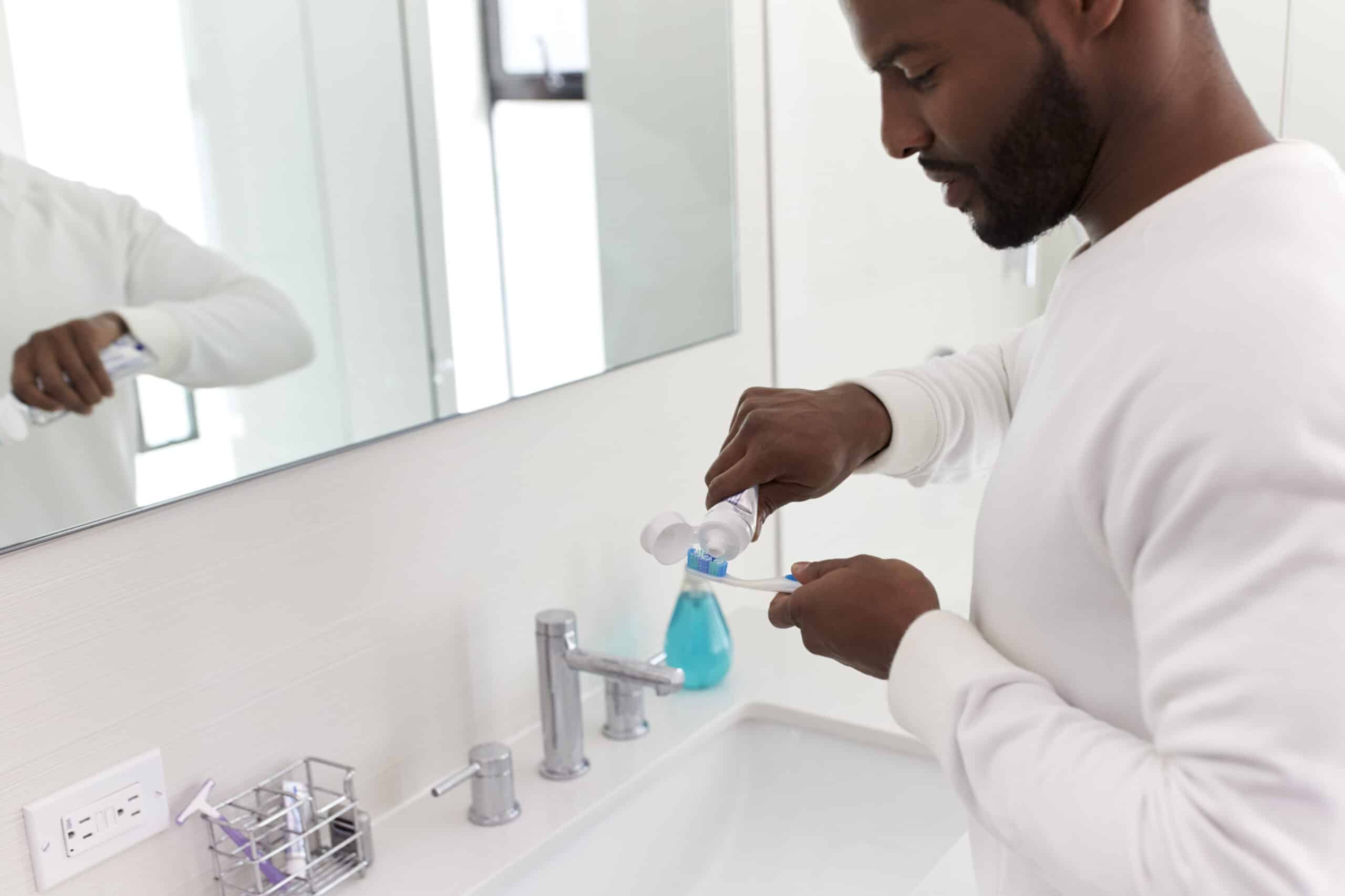

Bathroom Accessories
When Should You Change Toothbrush After Being Sick
Modified: April 22, 2024
Discover when it's time to replace your toothbrush after being sick. Find the best bathroom accessories for maintaining oral hygiene.
(Many of the links in this article redirect to a specific reviewed product. Your purchase of these products through affiliate links helps to generate commission for Storables.com, at no extra cost. Learn more)
Introduction
When it comes to maintaining good oral hygiene, the toothbrush plays a pivotal role in keeping our teeth and gums healthy. However, have you ever considered the impact of using the same toothbrush after being sick? It's a commonly overlooked aspect of personal hygiene that can have a significant effect on your health. In this article, we will delve into the importance of changing your toothbrush after being sick, how long you should wait before making the switch, and essential tips for preventing the spread of germs. Let's explore the crucial relationship between illness and toothbrush hygiene to ensure that you're equipped with the knowledge to safeguard your oral and overall well-being.
Key Takeaways:
- Change your toothbrush after being sick to prevent spreading germs and maintain oral health. Consider the type and severity of illness to determine when to make the switch.
- Isolate, store, and clean your toothbrush properly to minimize germ spread. Regularly replace your toothbrush and practice good personal hygiene for a healthier living environment.
Read more: How To Clean A Toothbrush After Being Sick
Importance of changing toothbrush after being sick
Maintaining good oral hygiene is essential for overall health, and the toothbrush is a fundamental tool in this regard. When we fall ill, our bodies combat viruses and bacteria, and our toothbrushes become potential reservoirs for these germs. It's crucial to understand the importance of changing your toothbrush after being sick to prevent the risk of reinfection and to maintain optimal oral health.
After an illness, the bristles of a toothbrush can harbor harmful bacteria and viruses that can lead to reinfection or the spread of germs to others. This is particularly true for contagious illnesses such as the flu, colds, or other viral infections. Continuing to use the same toothbrush can prolong exposure to these pathogens, undermining the body's recovery efforts and potentially leading to a prolonged illness.
Moreover, the bristles of a toothbrush can become frayed and worn after being used during an illness. This compromises the toothbrush's effectiveness in removing plaque and bacteria from the teeth and gums, which can contribute to oral health issues. By changing your toothbrush after being sick, you ensure that you are using a tool that is in optimal condition to maintain your oral hygiene.
In addition to the health implications, changing your toothbrush after being sick also aligns with the principles of good hygiene and cleanliness. It demonstrates a proactive approach to minimizing the risk of spreading germs within your household, as well as exhibiting consideration for others who may come into contact with your toothbrush.
In essence, changing your toothbrush after being sick is a simple yet effective measure to protect yourself from potential reinfection, maintain optimal oral hygiene, and demonstrate good hygiene practices to safeguard the health of those around you. It's a small but significant step in promoting overall well-being and preventing the spread of illness.
How long to wait before changing toothbrush
After recovering from an illness, it's essential to consider how long you should wait before changing your toothbrush to ensure that you are effectively minimizing the risk of reinfection and maintaining optimal oral hygiene. While there is no strict rule regarding the specific duration, several factors can guide this decision.
Firstly, the type and severity of the illness play a significant role in determining when to change your toothbrush. For common colds or mild illnesses, it is advisable to replace your toothbrush once you have fully recovered. This ensures that any lingering viruses or bacteria are not reintroduced into your system. However, for more severe or contagious illnesses such as the flu or strep throat, it is prudent to change your toothbrush immediately after the onset of symptoms to prevent the spread of germs and minimize the risk of reinfection.
Furthermore, the duration of the illness and the frequency of toothbrush use during that time should be taken into account. If the illness was prolonged or if you used your toothbrush frequently while sick, it is advisable to err on the side of caution and replace your toothbrush promptly after recovery. This is particularly important as prolonged use of the same toothbrush during an illness increases the likelihood of harboring a higher concentration of germs on the bristles.
Additionally, it's important to consider the effectiveness of cleaning and disinfecting the toothbrush. While it is possible to sanitize a toothbrush using methods such as soaking it in antibacterial mouthwash or hydrogen peroxide, these measures may not completely eliminate all traces of germs. Therefore, even if you have attempted to disinfect your toothbrush, it is still advisable to replace it after being sick to ensure maximum hygiene.
In summary, the decision of how long to wait before changing your toothbrush after being sick should be guided by the type and severity of the illness, the duration of the illness, the frequency of toothbrush use during that time, and the effectiveness of any cleaning or disinfection attempts. By considering these factors, you can make an informed decision that prioritizes your health and well-being.
It’s important to change your toothbrush after being sick to prevent re-infection. Bacteria and viruses can linger on the bristles, so it’s best to switch to a new toothbrush to maintain good oral hygiene.
Tips for preventing the spread of germs
Preventing the spread of germs is crucial, especially after being sick, to safeguard your health and that of those around you. Here are some essential tips to minimize the risk of spreading illness through proper toothbrush hygiene:
-
Isolation of toothbrush: After being sick, it's advisable to isolate your toothbrush to prevent cross-contamination. Store it separately from other family members' toothbrushes to minimize the risk of spreading germs. This simple step can significantly reduce the likelihood of others coming into contact with any lingering viruses or bacteria.
-
Proper storage: Ensure that your toothbrush is stored in an upright position and adequately ventilated to promote drying between uses. This helps to prevent the accumulation of moisture, which can create an environment conducive to the growth of bacteria. Additionally, avoid storing multiple toothbrushes in close proximity to minimize the risk of cross-contamination.
-
Regular replacement: Establish a routine for replacing your toothbrush every three to four months, even when you haven't been sick. This practice ensures that you are consistently using a toothbrush with optimal bristle condition and effectiveness. By adhering to a regular replacement schedule, you minimize the risk of using a worn toothbrush that may compromise your oral hygiene.
-
Proper cleaning: Thoroughly rinse your toothbrush with water after each use to remove any remaining toothpaste and debris. Additionally, consider using an antibacterial mouthwash to rinse your toothbrush periodically. This simple practice can help reduce the microbial load on the bristles, contributing to better oral hygiene.
-
Consider alternative disinfection methods: While it's essential to replace your toothbrush after being sick, you can also consider alternative disinfection methods. Soaking your toothbrush in an antibacterial mouthwash or hydrogen peroxide solution for a few minutes can help reduce the presence of germs. However, it's important to note that these methods are supplementary and should not replace the regular practice of replacing your toothbrush.
-
Personal hygiene practices: In addition to toothbrush hygiene, emphasize the importance of personal hygiene practices, such as regular handwashing and proper respiratory etiquette, to prevent the spread of germs. Encourage family members to maintain good hygiene habits to create a healthy environment and minimize the risk of illness transmission.
By incorporating these tips into your oral hygiene routine, you can effectively minimize the risk of spreading germs through proper toothbrush hygiene. These simple yet impactful practices contribute to a healthier living environment and promote overall well-being for you and your family.
Conclusion
In conclusion, the relationship between illness and toothbrush hygiene is a critical aspect of maintaining overall health and well-being. The importance of changing your toothbrush after being sick cannot be overstated, as it directly impacts oral hygiene and the prevention of illness transmission. By recognizing the significance of this practice and understanding how long to wait before making the switch, individuals can effectively safeguard themselves and their families from the potential risks associated with using a contaminated toothbrush.
After an illness, the decision to change your toothbrush should be guided by various factors, including the type and severity of the illness, the duration of the illness, and the effectiveness of any cleaning or disinfection attempts. This informed approach ensures that individuals are proactive in minimizing the risk of reinfection and maintaining optimal oral hygiene.
Furthermore, implementing essential tips for preventing the spread of germs through proper toothbrush hygiene is crucial. Isolating the toothbrush, ensuring proper storage, establishing a regular replacement schedule, practicing thorough cleaning, considering alternative disinfection methods, and emphasizing personal hygiene practices collectively contribute to creating a healthy living environment and reducing the risk of illness transmission.
By prioritizing toothbrush hygiene and recognizing the impact of using a contaminated toothbrush after being sick, individuals can take proactive steps to protect themselves and their loved ones. This simple yet impactful practice aligns with the principles of good hygiene and cleanliness, ultimately contributing to a healthier living environment and promoting overall well-being.
In essence, changing your toothbrush after being sick is a proactive measure that not only safeguards your oral health but also demonstrates consideration for others by minimizing the risk of spreading germs. By incorporating these practices into your oral hygiene routine, you can effectively contribute to a healthier and safer living environment for yourself and those around you.
Frequently Asked Questions about When Should You Change Toothbrush After Being Sick
Was this page helpful?
At Storables.com, we guarantee accurate and reliable information. Our content, validated by Expert Board Contributors, is crafted following stringent Editorial Policies. We're committed to providing you with well-researched, expert-backed insights for all your informational needs.
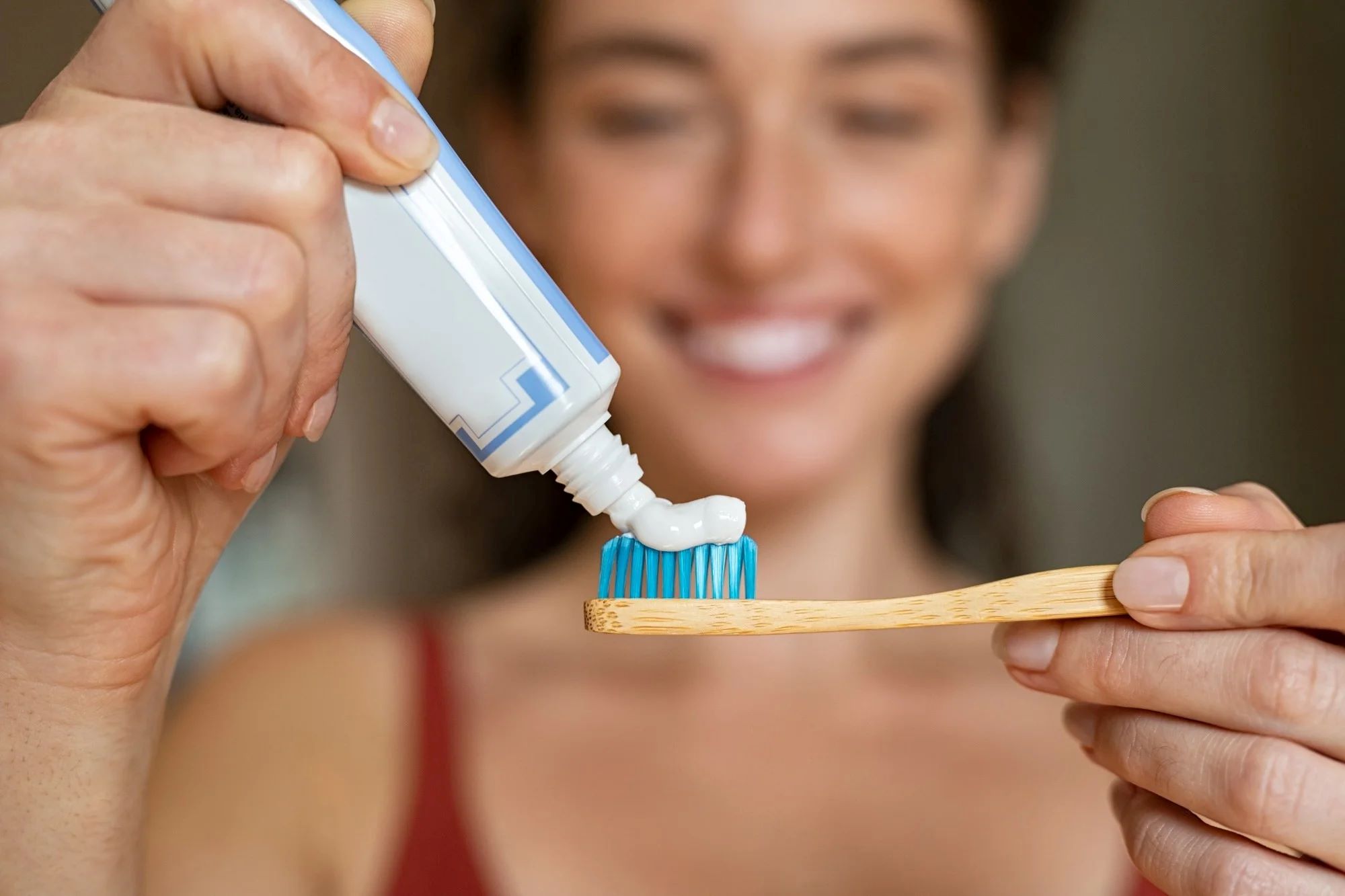
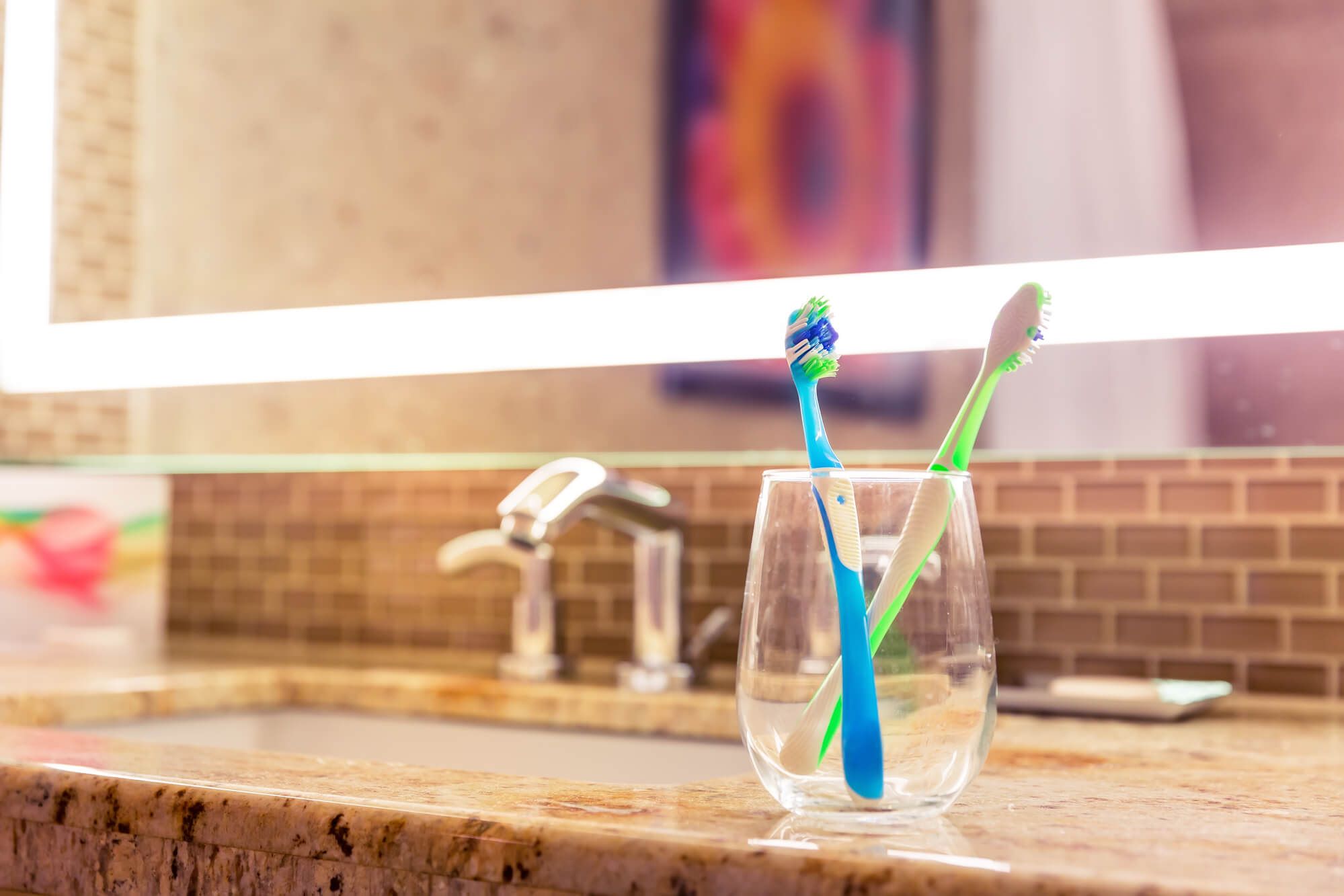

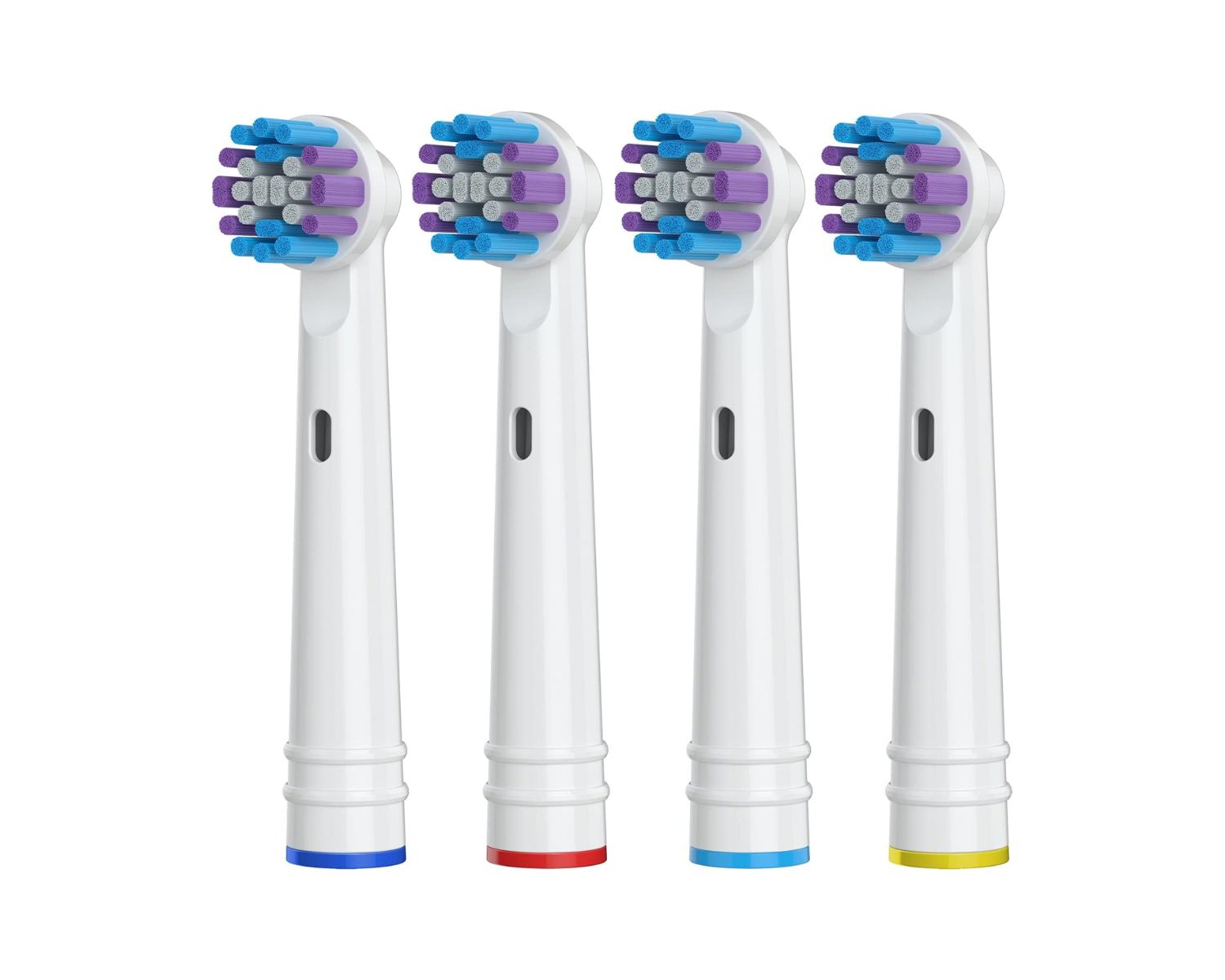
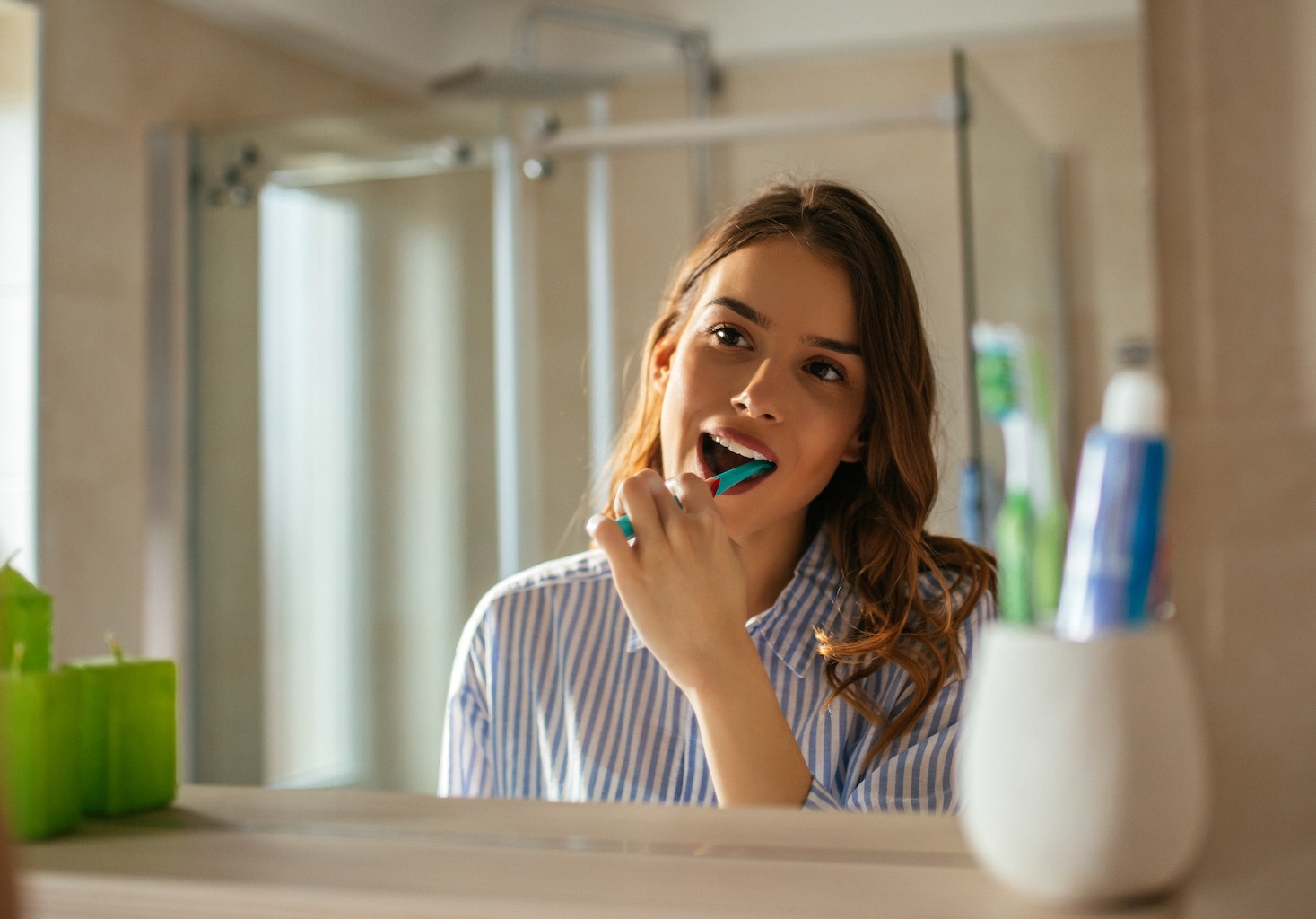
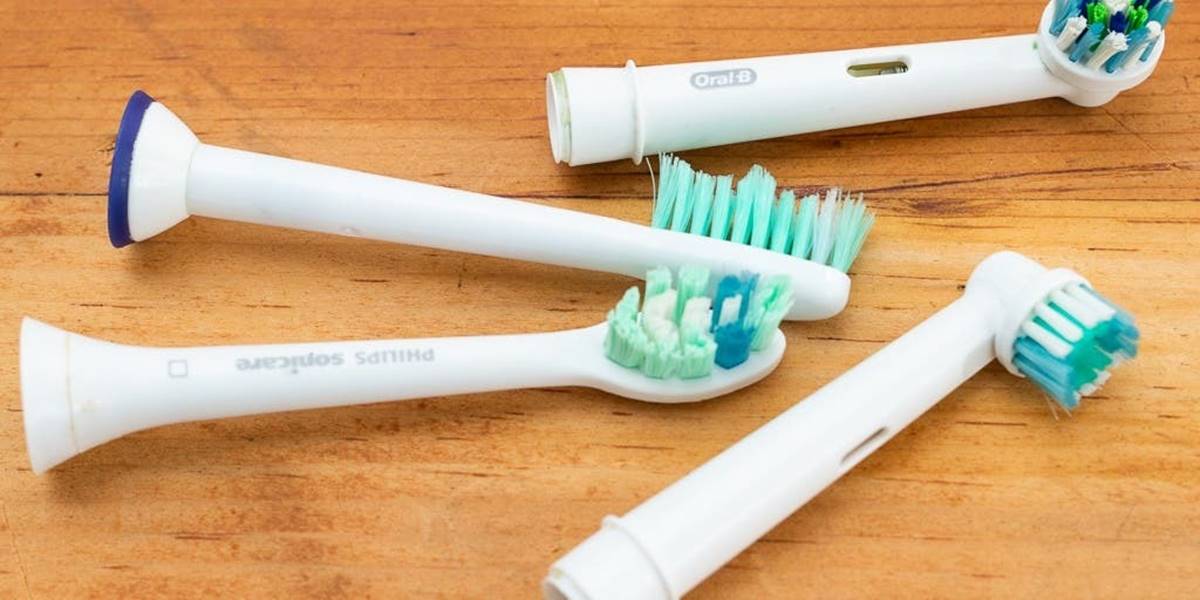
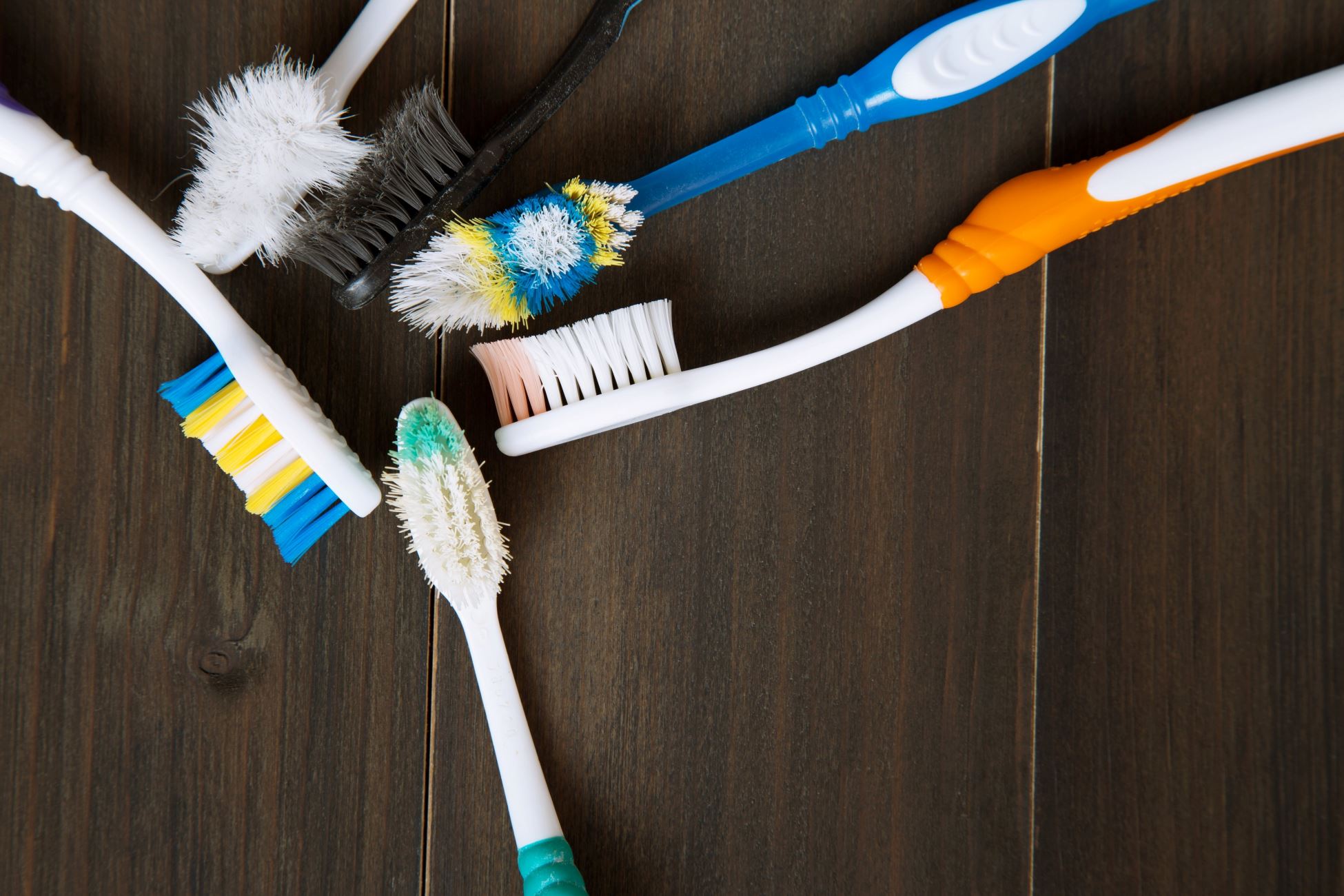


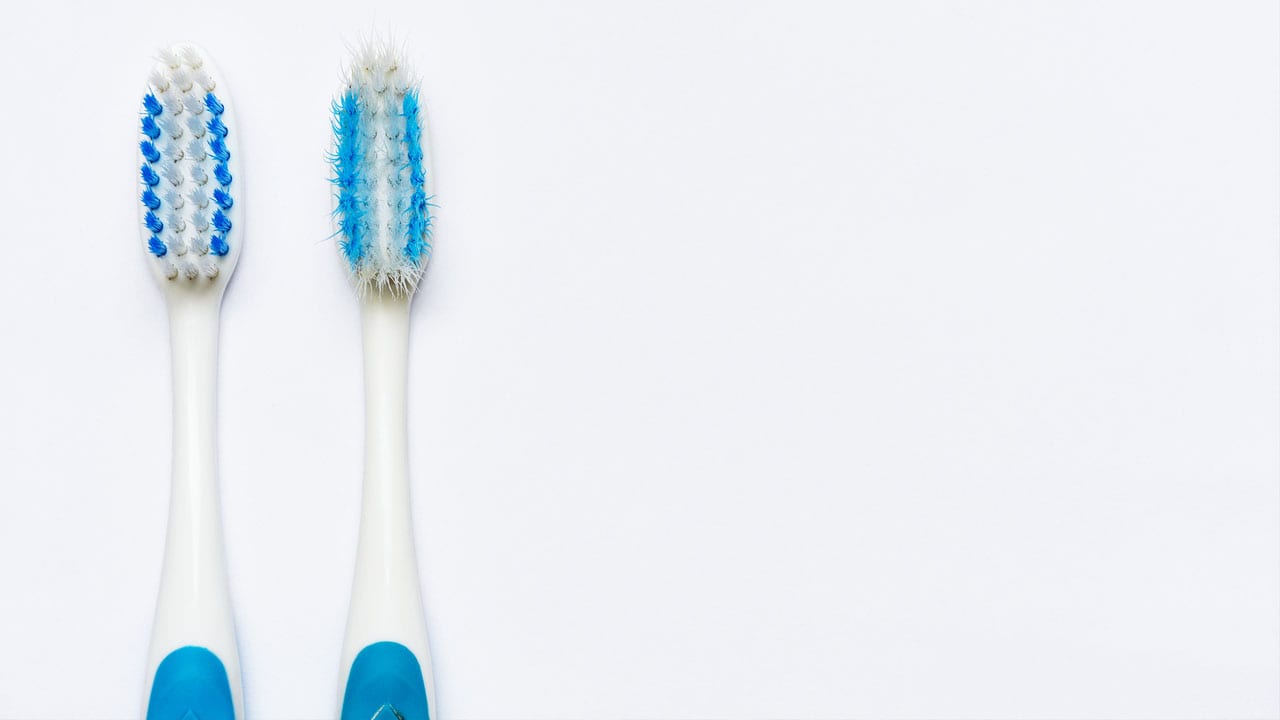
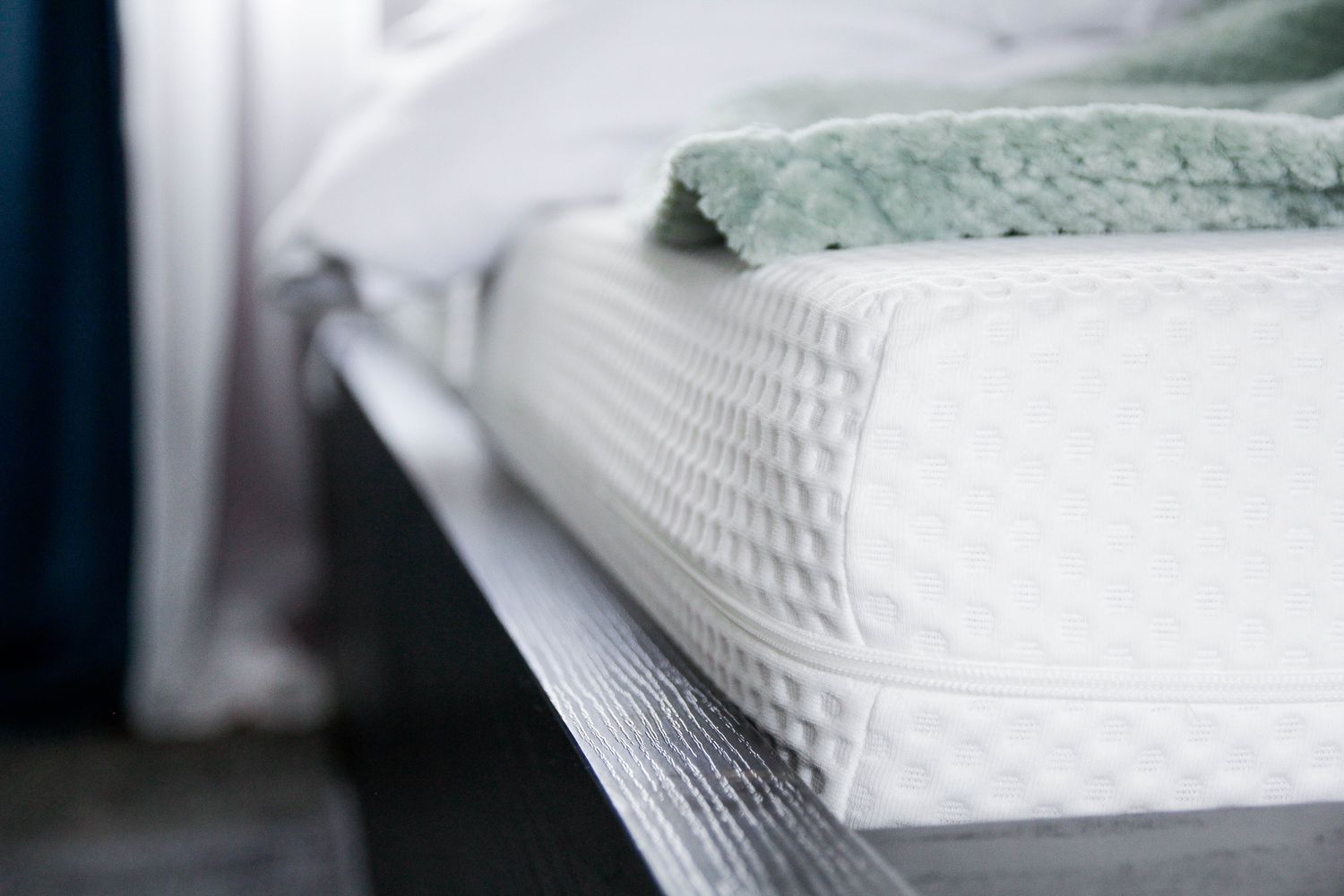





0 thoughts on “When Should You Change Toothbrush After Being Sick”